- Over the past 10 years, some of Asia’s coal-dependent, high-emitting nations have turned to biomass cofiring (burning coal and biomass together to make electricity) to reduce CO2 emissions on paper and reach energy targets. But biomass still generates high levels of CO2 at the smokestack and adds to dangerous global warming.
- In South Korea, renewable energy credits given for biomass cofiring flooded the market and made other renewables like wind and solar less profitable. Although subsides for imported biomass for cofiring have decreased in recent years, increased domestic biomass production is likely to continue fueling cofiring projects.
- In Japan, renewable energy subsidies initially prompted the construction of new cofired power plants. Currently, biomass cofiring is used to make coal plants seem less polluting in the near term as utilities prepare to cofire and eventually convert the nation’s coal fleet to ammonia, another “carbon-neutral” fuel.
- In Indonesia, the government and state utility, encouraged by Japanese industry actors, plan to implement cofiring at 52 coal plants across the country by 2025. The initiative will require “nothing less than the creation of a large-scale biomass [production] industry,” according to experts.
Amid calls for developed nations to phase out coal use by 2030, and for developing countries to do likewise by 2040, cofiring energy production — mixing coal with woody biomass — has emerged as a go-to, near-term climate policy fix in some of Asia’s chronically coal-dependent countries, where forest biomass burning is booming. But that solution has its problems, say analysts.
Both coal and woody biomass produce high levels of carbon emissions. But international carbon accounting rules based on controversial out-of-date science allow all smokestack discharges from wood to be counted as carbon neutral — a policy loophole, say critics, that guarantees cofiring’s reduced emissions on paper, if not in reality. Others argue cofiring is the only way some nations can realize their coal cuts.
In fact, scientists have determined that woody biomass is less carbon-efficient than coal, as it generates more CO2 emissions per kilowatt hour of electricity produced than coal.
The result of the big shift to cofiring isn’t a cut in emissions, but rather an ongoing period of “carbon debt” that will contribute to increased planetary “warming for decades to centuries” before trees can eventually regrow, according to a February 2021 open letter from more than 500 scientists to the leaders of biomass-burning nations.
Those scientists urgently warn that waiting for all those burned trees to be replaced by newly planted saplings, and for those young trees to then grow to maturity in order to sequester as much carbon as was originally burned, is time that the world just doesn’t have.

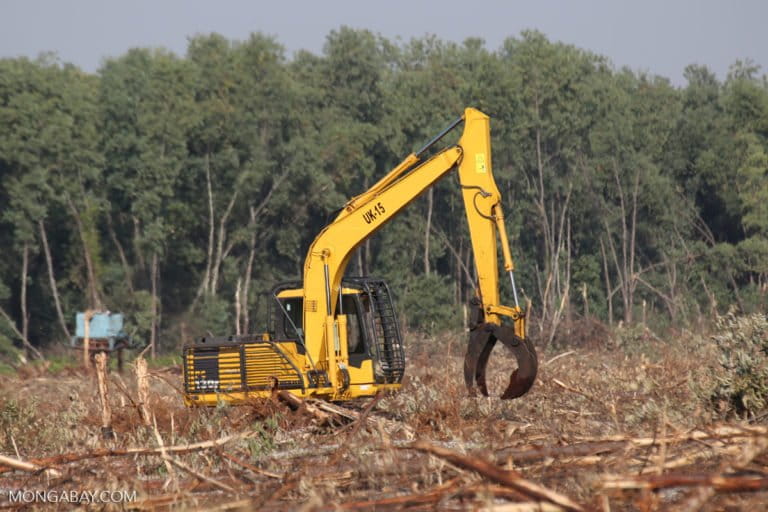
Cofiring: Two Asian nations lead the way
Cofiring is practiced today to some degree around the globe, but parts of Asia have embraced the technology heavily. The leading coal-biomass burners in the region are South Korea and Japan, which turned to cofiring following the establishment of new renewable energy incentives introduced in 2012.
Although both countries have scaled back government support for new cofiring projects in recent years, power producers and many officials still appear to see the coal-wood combo as a way to keep coal-fired plants running in the face of ever-stricter energy policies.
Japanese energy industry actors are also promoting cofiring elsewhere in Asia. One such place is Indonesia, where the state-owned utility, PLN, plans to implement cofiring to meet the country’s 2025 renewable energy target. Analysis by researchers and climate advocates say this cofiring initiative will require up to 10 million metric tons of biomass fuel, potentially putting pressure on the nation’s native forests.
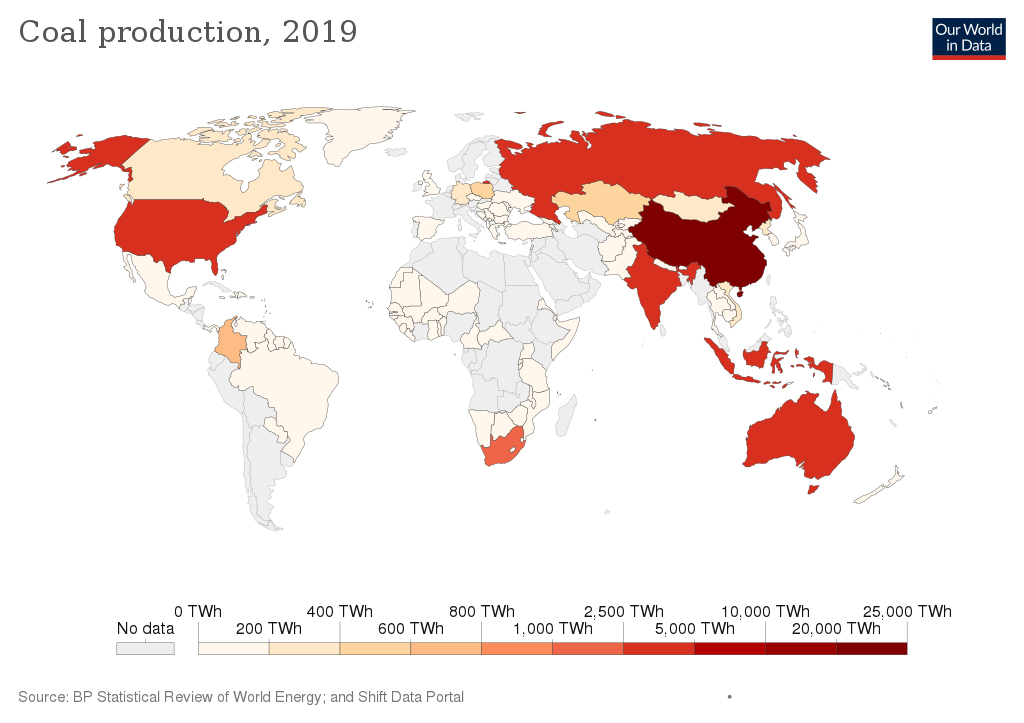
South Korea: Creating a loophole for continued cofiring
South Korea’s Renewable Portfolio Standard (RPS), introduced in 2012, requires the country’s power producers to generate a designated percentage of electricity from renewables. For utilities with existing coal capacity, cofiring biomass was an obvious choice. By 2020, coal constituted 34% of South Korea’s energy mix, while solid biomass contributed 1.2%.
The growth of biomass has been fed by government funding. Biomass was the most subsidized renewable energy source in the country from 2014 to 2017, constituting approximately 40% of all renewable energy credits (RECs) issued during that period, according to a 2020 report by the South Korean nonprofit Solutions for Our Climate (SFOC).
South Korean biomass — 66% of which was cofired in 2017 — was so prevalent that it was crowding renewables like wind and solar out of the market. Although biomass is now only the second-largest REC recipient, solar and wind remain less lucrative than they otherwise might have been due to excess biomass RECs flooding the renewable energy market.
Cofiring’s domination of South Korea’s renewable energy sector has been criticized by climate advocates and the media, SFOC research associate Hansae Song told Mongabay in an interview.
In response to that criticism, the Ministry of Trade, Industry and Energy (MOTIE) reduced the REC weighting for cofired biomass in 2018, although projects already in operation or in the pipeline continue to enjoy the previous, higher subsidy level.
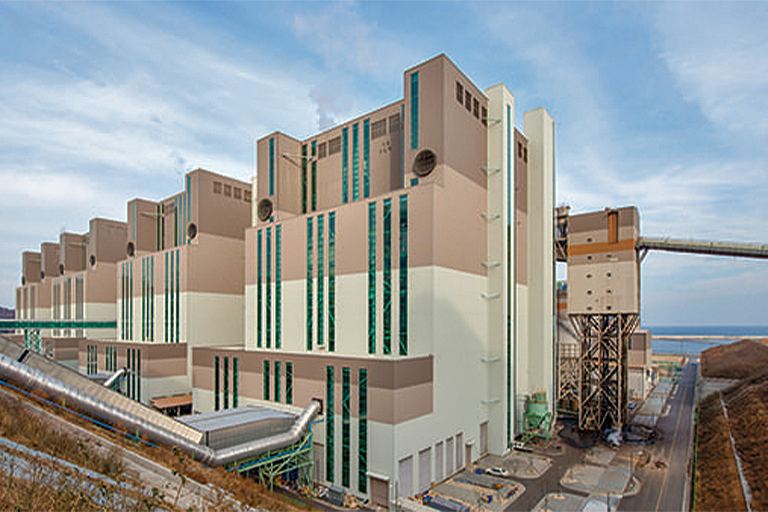
In September 2021, three major biomass utilities announced they would stop receiving subsidies entirely for cofiring imported wood pellets from 2025 onward. This limited decoupling of subsidies is part of what Song sees as a wider push from the forestry sector and Korea Forest Service to increase domestic biomass usage. Publicly ending financial support for imported cofired biomass — but not necessarily ending the imports themselves — is a way to appease critics while still increasing biomass usage overall. Cofired domestic biomass is still eligible for subsidies.
Government and industry continue claiming that burning “domestic wood pellets is a lot better than imported ones, because we’re using our own [South Korean] resources, and that increases our energy security and independence,” Song explained. However, the amount of carbon emissions produced remains equally high, no matter whether domestic or imported biomass is burned. In 2021, about 17.2% (658,336 metric tons) of wood pellets consumed in South Korea were produced domestically, according to data shared by SFOC.
“The point of the government’s policy and their moves are not actually focused on reducing cofiring but on promoting more domestic biomass, whether it be cofired or dedicated,” Song added. The Korea Forest Service did not respond to a request for comment.
As a result of the nation’s policy shifts, in the first half of 2021, electricity generated from dedicated biomass surpassed cofired biomass — 57% to 43%, respectively — for the first time as dedicated biomass saw continuous year-on-year growth. Currently, South Korea has 44 cofired generators and 27 dedicated biomass generators, according to SFOC.
South Korean utilities will need to produce increasingly higher percentages of their electricity from renewable sources: For those plants with a generation capacity of 500 megawatts or more, the requirement is 12.5% renewables in 2022, and 25% by 2026. The easiest and cheapest way to achieve those targets is cofiring, Song noted.
But full conversions from coal to biomass worries him even more: “Cofiring is, of course, bad, but dedicated [forest biomass use] would require an awful lot more wood pellets. And that’s where the public policy is headed right now.”

Japan: Biomass cofiring acts as a lifeline for coal
Similar to South Korea, biomass cofiring in Japan was originally supported by the country’s feed-in tariff (FIT) policy, intended to promote renewable energy. However, unlike in South Korea, the FIT only supported new cofired biomass plants, not the incorporation of biomass into existing coal plants.
“Therefore, biomass cofiring supported under the FIT scheme actually encourages the increase of coal-fired power plants,” Takanobu Aikawa, a senior researcher at Japan’s Renewable Energy Institute, wrote on the organization’s website in September 2017. Most of these new cofired plants would still emit more CO2 from their portion of coal than gas-fired power plants, Aikawa added.
Japan eventually removed cofiring from its FIT scheme, effective April 2019. However, the 38 new cofiring generators already certified continue to receive support for the 20 years of their FIT contracts.
Outside of FIT, cofiring also has a role to play in Japan’s ambiguous coal “fade-out” plan, in which the government intends to eliminate “inefficient” (i.e. more polluting) coal plants by 2030. So-called “efficient” coal plants — ones that can operate with 43% energy efficiency or higher, using the more advanced ultra-supercritical (USC) or integrated gasification combined cycle (IGCC) technology — will still provide 19% of the country’s electricity by that year, compared with 32% in 2018.
However, the data revealed that very few of Japan’s existing coal plants could meet the 43% efficiency target, even those using the best available technology, as noted in an April 2021 report by a government working group on coal. That report named biomass cofiring as one way that power producers could make up the difference. But once again, this newfound biomass efficiency will only represent an emissions reduction on paper — not in the atmosphere.

The efficiency target is why biomass market analyst FutureMetrics expects the number of existing coal plants cofiring with biomass to increase. It noted that 68 of Japan’s 125 coal plants cofired biomass as of April 2020.
In response to the government report, Japanese climate nonprofit Kiko Network expressed concern that “this [policy] system could create incentives for biomass cofiring and drastically increase the use of imported biomass that is not sustainable and does not reduce CO2 emissions.”
However, Yasuko Suzuki, a program coordinator with Kiko Network, noted that ammonia and hydrogen, other zero-emission fuels supported by the Japanese government, have recently overshadowed biomass in utility decarbonization plans. Biomass cofiring at coal plants appears to be a near-term measure, as ammonia — Japan’s cofiring fuel of choice and hoped-for eventual full replacement for coal — has yet to be widely implemented.
In the meantime, Japan’s Biomass Power Association, an industry group, is advocating full conversion to dedicated biomass for half of Japan’s “inefficient” coal plants by 2030.
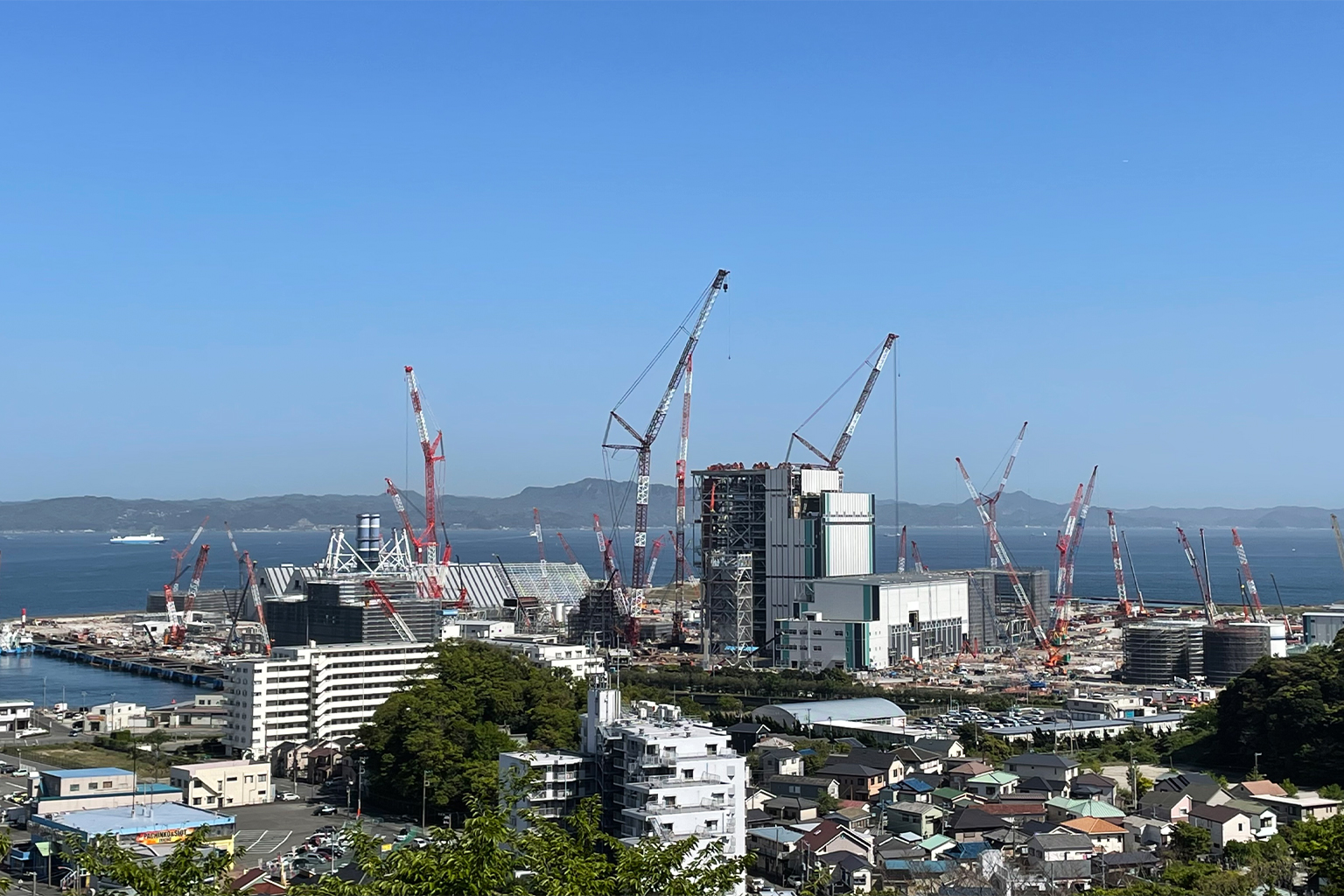
Indonesia turns to cofiring as 2025 renewable energy target looms
In early 2020, Indonesia’s Ministry of Energy and Mineral Resources (MEMR) and national utility PLN announced their intention to cofire biomass at PLN’s coal-fired power plants by 2025. Although the plan has seen a couple of iterations, currently the utility intends to cofire using 10% biomass at 52 of its 114 coal plants.
Cofiring can be seen as a way for Indonesia to “buy time” to achieve its energy targets, said Putra Adhiguna, an energy analyst at the Institute for Energy Economics and Financial Analysis (IEEFA), who authored a February 2021 report on cofiring in Indonesia.
The country aims to increase renewables to 23% of its energy mix by 2025, up from 12% in 2021. But “the only way that we can [achieve] that number is by selling something that’s half possible,” said Putra, who noted that scarcity of affordable, efficient biomass fuel — especially that which can be sourced sustainably — could prevent cofiring from being implemented as planned. So far, the government has said it will not provide subsidies for biomass fuel.
Thirteen coal plants had commercially implemented cofiring by March 2021, at a 1% to 5% cofiring ratio, according to MEMR. Rice husks and sawdust waste were the most common biomass fuels produced — not whole trees turned into wood pellets, a practice common in the U.S. Southeast.
Estimates for how much biomass fuel would be required to achieve PLN’s cofiring target range from 4 million to 9 million metric tons, according to Putra’s analysis, or up to 10.2 million metric tons, an estimate that Indonesian nonprofit Trend Asia shared with Mongabay. This “will require nothing less than the creation of a large-scale biomass [production] industry,” Putra wrote in his IEEFA report.

Because the available existing volume of waste organic products coming from forestry and agriculture are limited, energy crop tree plantations represent one option for producing the required big increase in fuel volume. Trend Asia estimates 2.3 million hectares (5.7 million acres) of energy plantations — roughly 1% of Indonesia’s landmass — would be needed to grow all 10.2 million tons of biomass. Burning the wood from those plantations will add to Earth’s carbon debt, contributing to global warming.
Sarah Augustio, a researcher with Trend Asia, warned that enlarged energy crops could lead to new deforestation. “We can imagine another plant, like palm oil, will come to Indonesia, and maybe we will lose our natural forest,” she said. “If you want cofiring biomass, you can try with palm kernel shells.”
Oil palm plantations have historically been linked to widespread Indonesian deforestation. However, since the plantations already exist, using byproducts like palm kernel shells (PKS), which are otherwise considered waste, to displace coal in local power generation was seen by both Sarah and Putra as a practical solution. However, the majority of Indonesia’s PKS are currently exported at a high price, mainly to South Korea and Japan.
Debate on the carbon neutrality of woody biomass appears limited in Indonesia. “In biomass, we need to pay attention to two things,” Putra emphasized. “First, a strict measure to source them sustainably. At the same time, we need leadership from the advanced countries to acknowledge that biomass emissions’ benefit is far from being clear-cut. It’s a bit difficult to bring forward the argument about emissions when some of the advanced countries are” using biomass.
Neither MEMR nor PLN responded to a request for comment.

Japanese industry group promoting cofiring across Asia
Some actors in Japan’s biomass and energy industries appear interested in promoting cofiring beyond the nation’s borders and across the region.
The Japan Coal Frontier Organization (JCOAL) was commissioned in 2018 by the Indonesia-based Economic Research Institute for ASEAN (the Association of Southeast Asian Nations) and East Asia (ERIA), to study the feasibility of cofiring in Southeast Asia, alongside a working group comprised of representatives from Cambodia, Indonesia, the Philippines and Thailand. The results of the two-phase study were published in 2019 and 2021. JCOAL is a government-mandated institution whose members include utilities, trading houses, and manufacturers.
The 2019 report’s policy recommendations included “tariff incentives” for biomass cofiring to accelerate investment and “technical collaboration” between ASEAN and “a country” with cofiring experience and applicable technologies.
In an email to Mongabay, a representative from JCOAL’s department for international collaboration noted that Indonesia’s MEMR implemented measures to promote biomass cofiring following its participation in the study. “We believe the Phase I study made a significant contribution” to achieving the Indonesian government’s target of 23% renewable energy generation by 2025, the JCOAL representative wrote.

When asked about the “technical collaboration” mentioned by the report, JCOAL cited initiatives by Erex, a Japanese renewable energy company that currently operates five domestic biomass power plants and is also developing new sorghum as an energy crop in Vietnam. Erex, a JCOAL member organization, is promoting cofiring and conversions to dedicated biomass at Japan’s domestic coal plants as well. In a November 2021 press release, the company stated that it “believes that it is possible to avoid the ‘fade-out of inefficient coal.’”
“Erex is currently working with Vietnamese government agencies for biomass cofiring and to build dedicated biomass power plants,” the representative from JCOAL wrote. “According to Erex’s explanation, it aims to generate 4.3 gigawatts of biomass cofiring and dedicated biomass in 2030 and 8.0 gigawatts in 2040” in Vietnam. In both scenarios, more than half the electricity generated was projected to be from cofiring.
Erex did not respond to a request for comment.
Elsewhere, in October 2021 India’s Ministry of Power mandated 5 to 10% cofiring with biomass pellets produced from agricultural residue at all of the country’s coal plants.
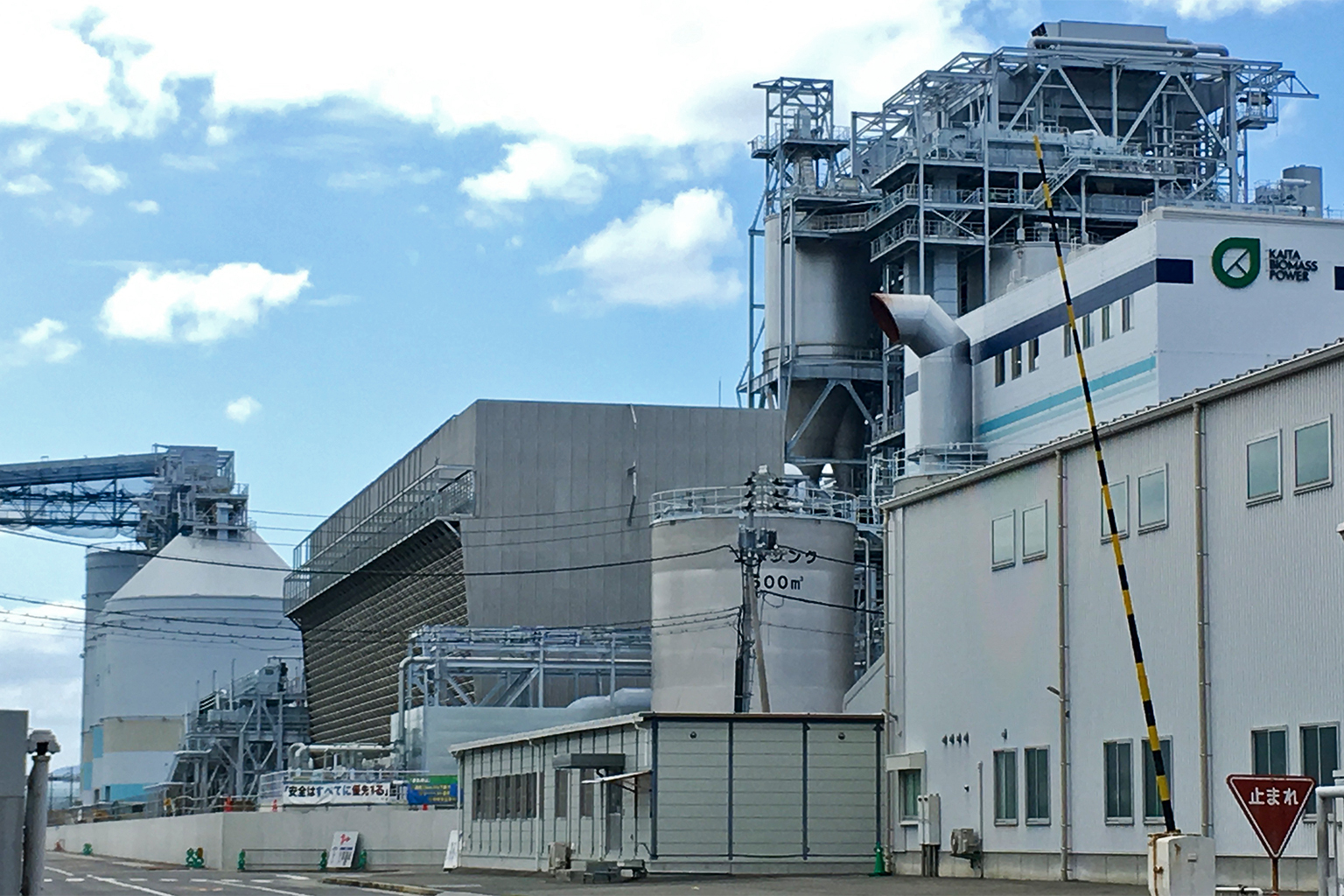
Cofiring’s future world impacts
Even as cofiring booms in Asia, it remains a minor part of the energy mix in the West. Mary Booth, director of the Partnership for Policy Integrity and a leading biomass expert, doesn’t see cofiring as a major trend in the U.S., U.K. or Europe. She cited the high cost of more efficient biomass fuels, damage to boilers, and space requirements for fuel storage as reasons why a coal plant might choose not to cofire.
Still, that doesn’t mean cofiring is nonexistent in the West. Cofiring in the Netherlands, for example, was recently credited by an industry media source as one reason why Europe consumed a record 23.1 million metric tons of wood pellets in 2021. A database created by the International Energy Agency’s (IEA) Bioenergy Task 32 and last updated in 2017 contains “around 150” cofiring initiatives, mostly concentrated in the U.S. and Europe.
In 2019, the IEA noted that coal is “the single largest source of global temperature increase.” Biomass cofiring merely adds fuel to the fire, as burning biomass diminishes carbon sinks and increases atmospheric CO2 for decades at a minimum. A May 2022 article authored by Massachusetts Institute of Technology Professor John Sterman and other climate experts warned, “The excess carbon dioxide from wood bioenergy begins warming the climate immediately upon entering the atmosphere. The harms caused by that additional warming are not undone even if the carbon debt from wood energy is eventually repaid.”
With Japan, South Korea, Indonesia and India all among the world’s top 10 carbon emitters, on-paper emission reductions from cofiring function to excuse the region’s continued coal usage, but they belie dangerous emission increases at the smokestack.

Banner image: A truck carrying acacia logs in Indonesia in 2014. Acacia is a species that can be used as an energy crop to produce wood pellets. Image by Rhett A. Butler/Mongabay.
Annelise Giseburt is a freelance reporter based in Tokyo.
FEEDBACK: Use this form to send a message to the author of this post. If you want to post a public comment, you can do that at the bottom of the page.
